Day 130 (August 20, 2017)
Hattaushi Station, Hokkaido → Lake Furen → Nemuro, Hokkaido
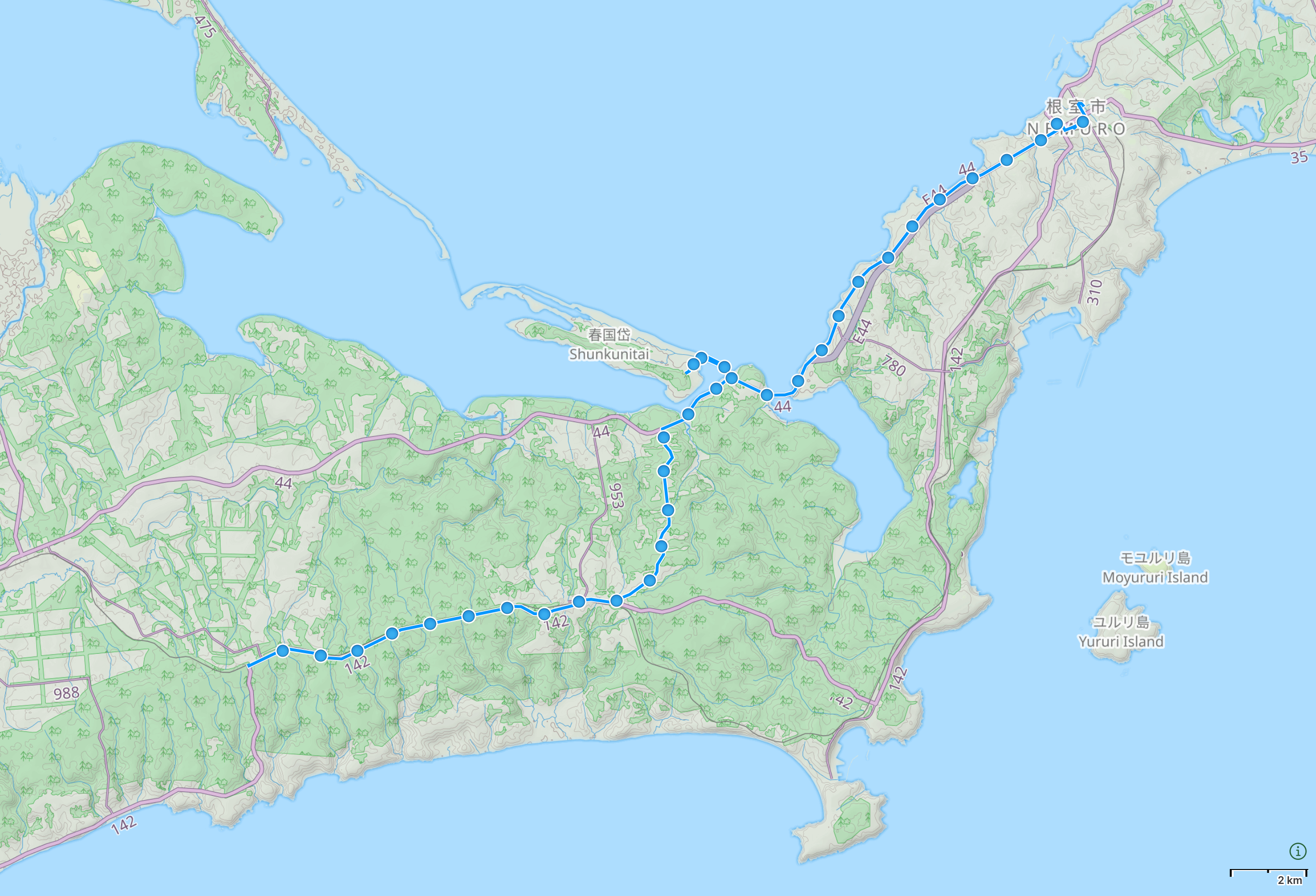
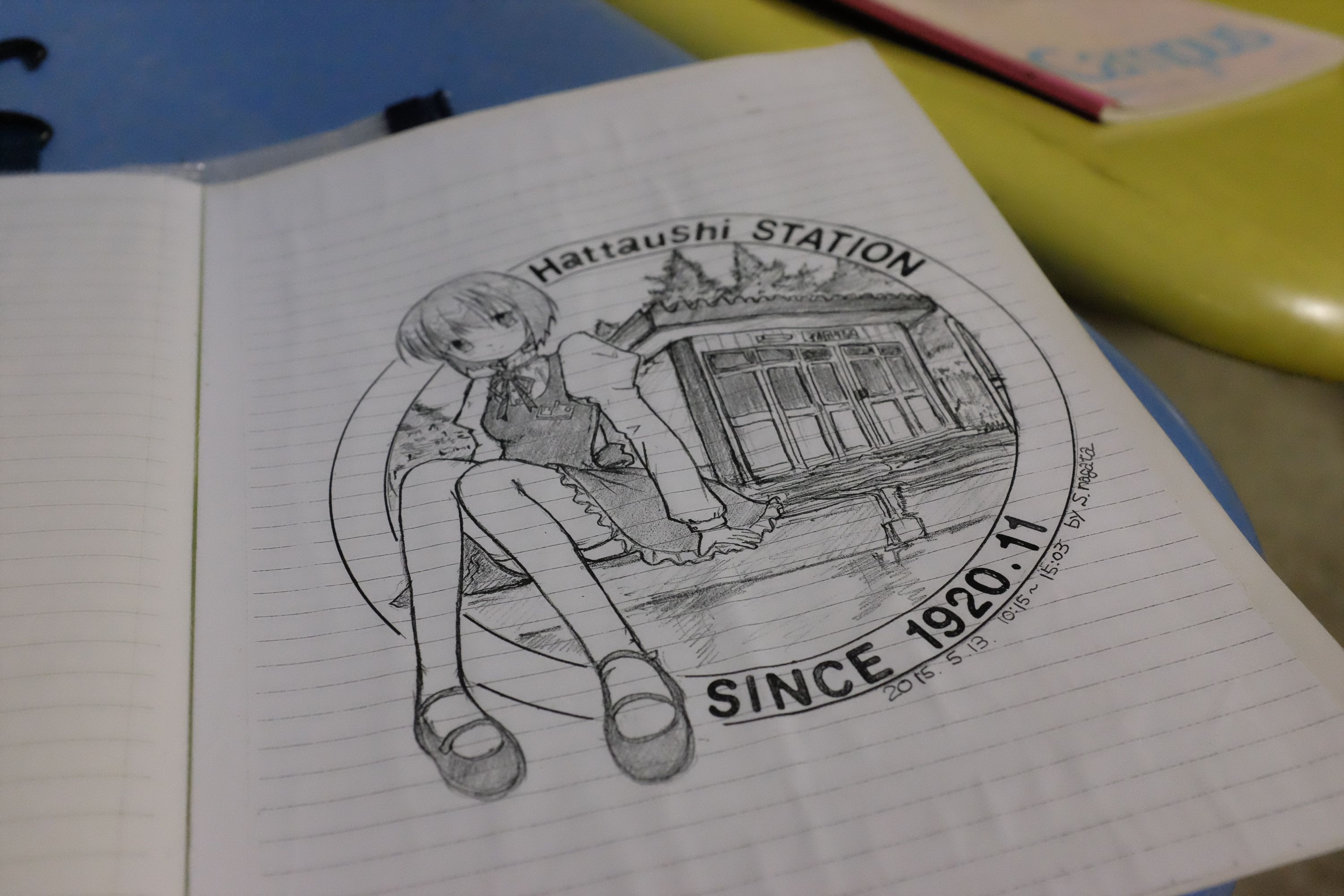
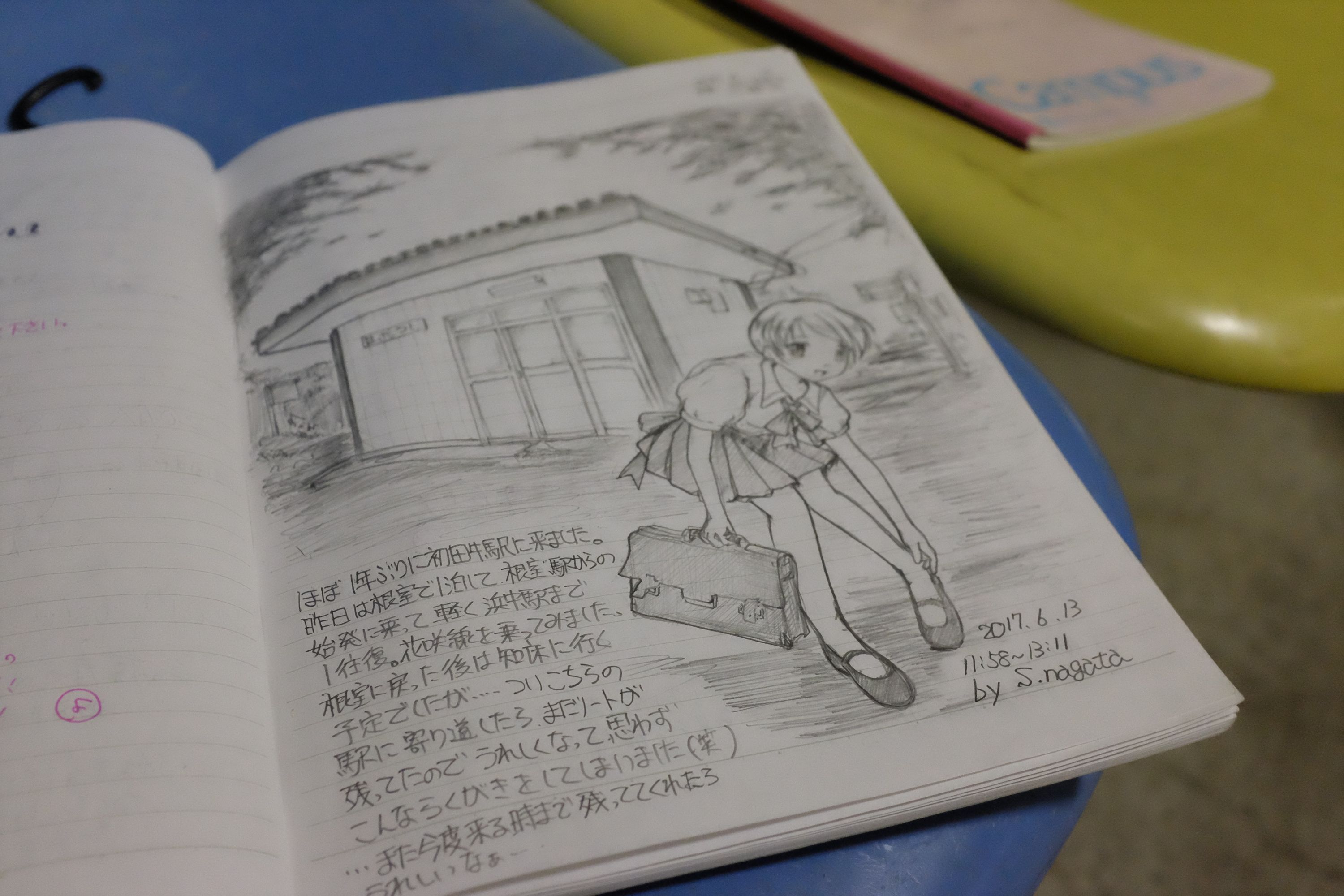
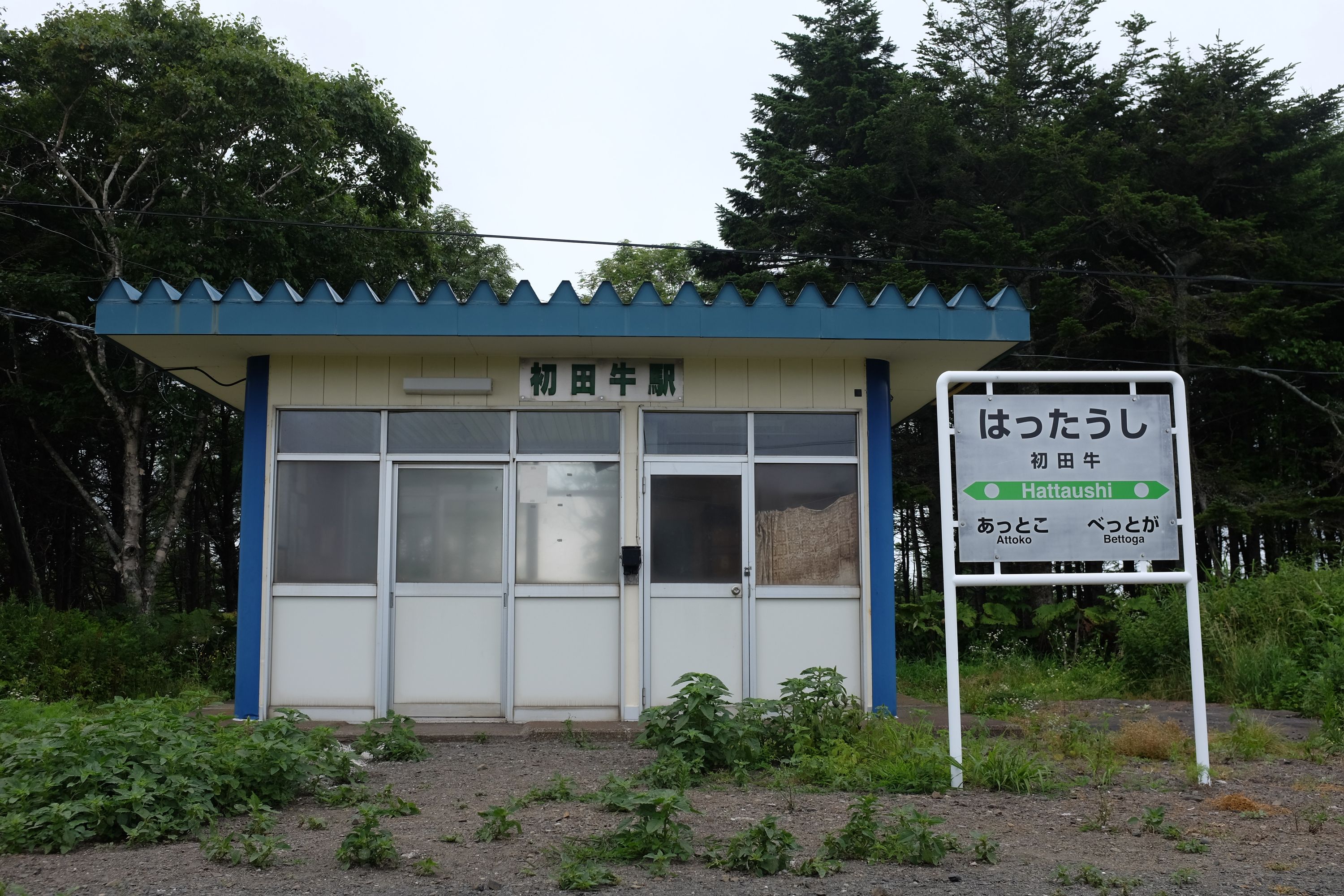
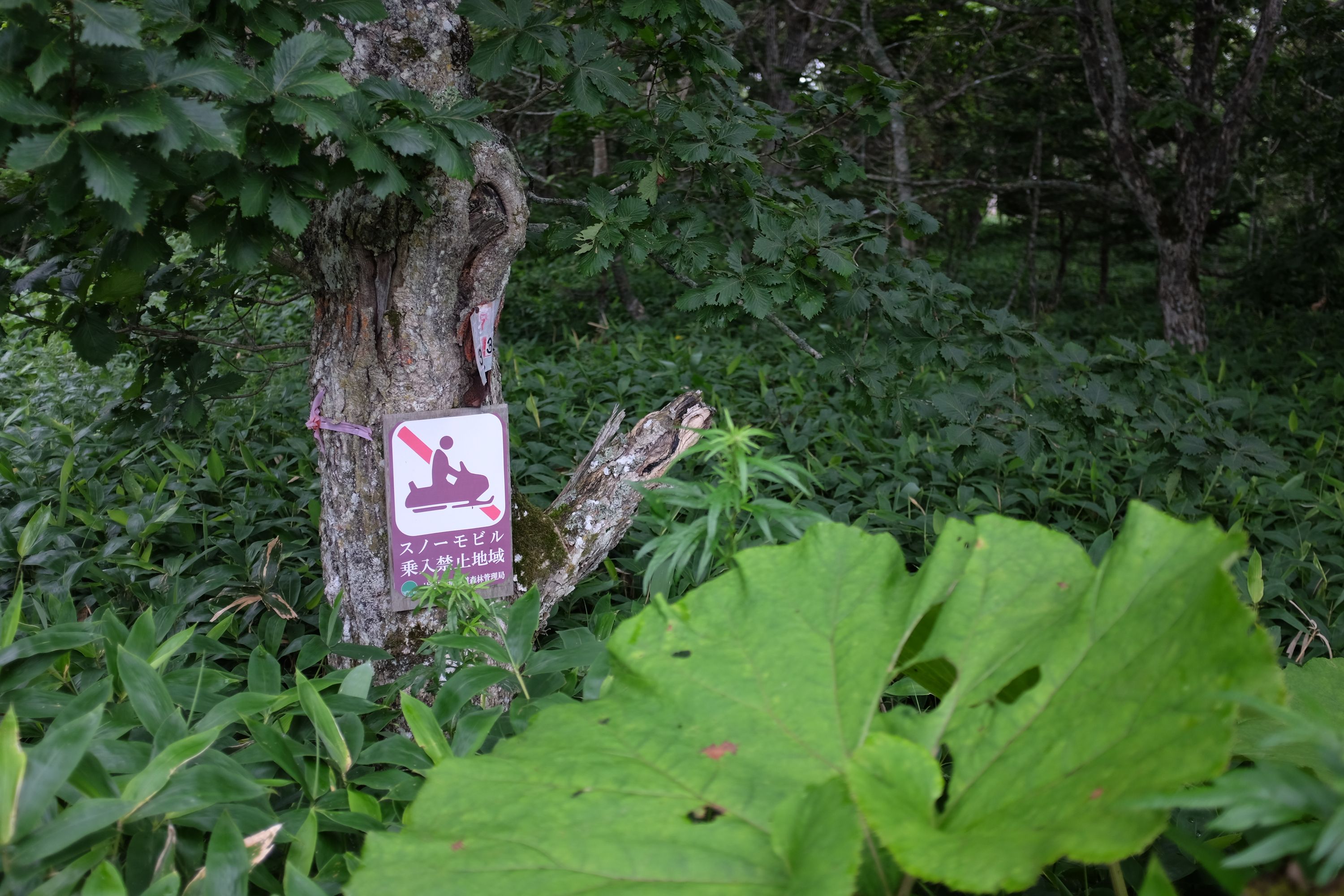
In lieu of the charming schoolgirl promised in the station’s guestbook, it was a young man from Tokushima who arrived in the morning. He came by car, parked it on the deserted road, jumped across the tracks with a large camera, and readied himself to photograph the first train of the morning. There wasn’t much room for error: Hattaushi was a minor stop on the dead end that was the Nemuro Line1. He got his picture, we shouldered our rucksacks, and we walked into the forest under a grey sky.
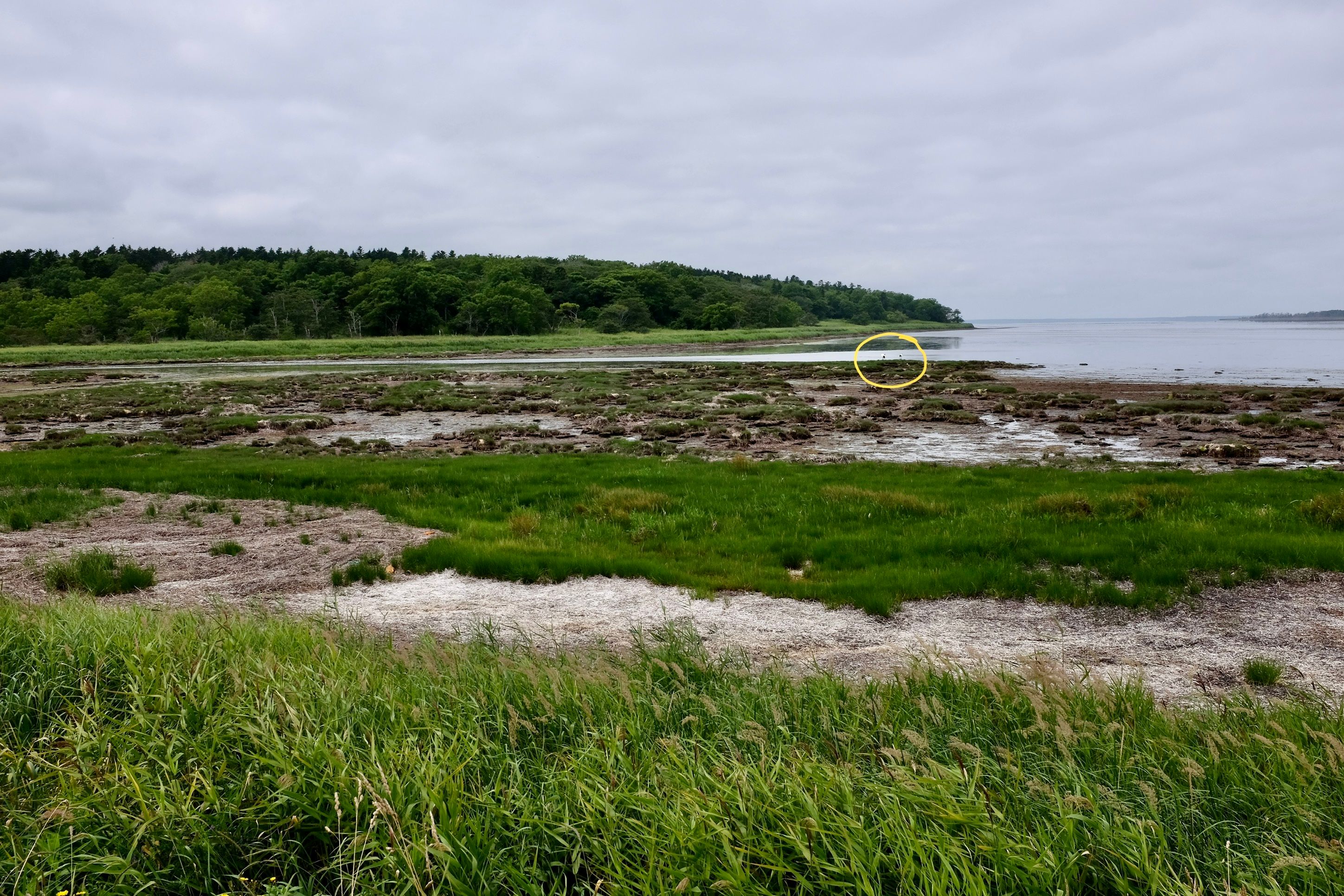
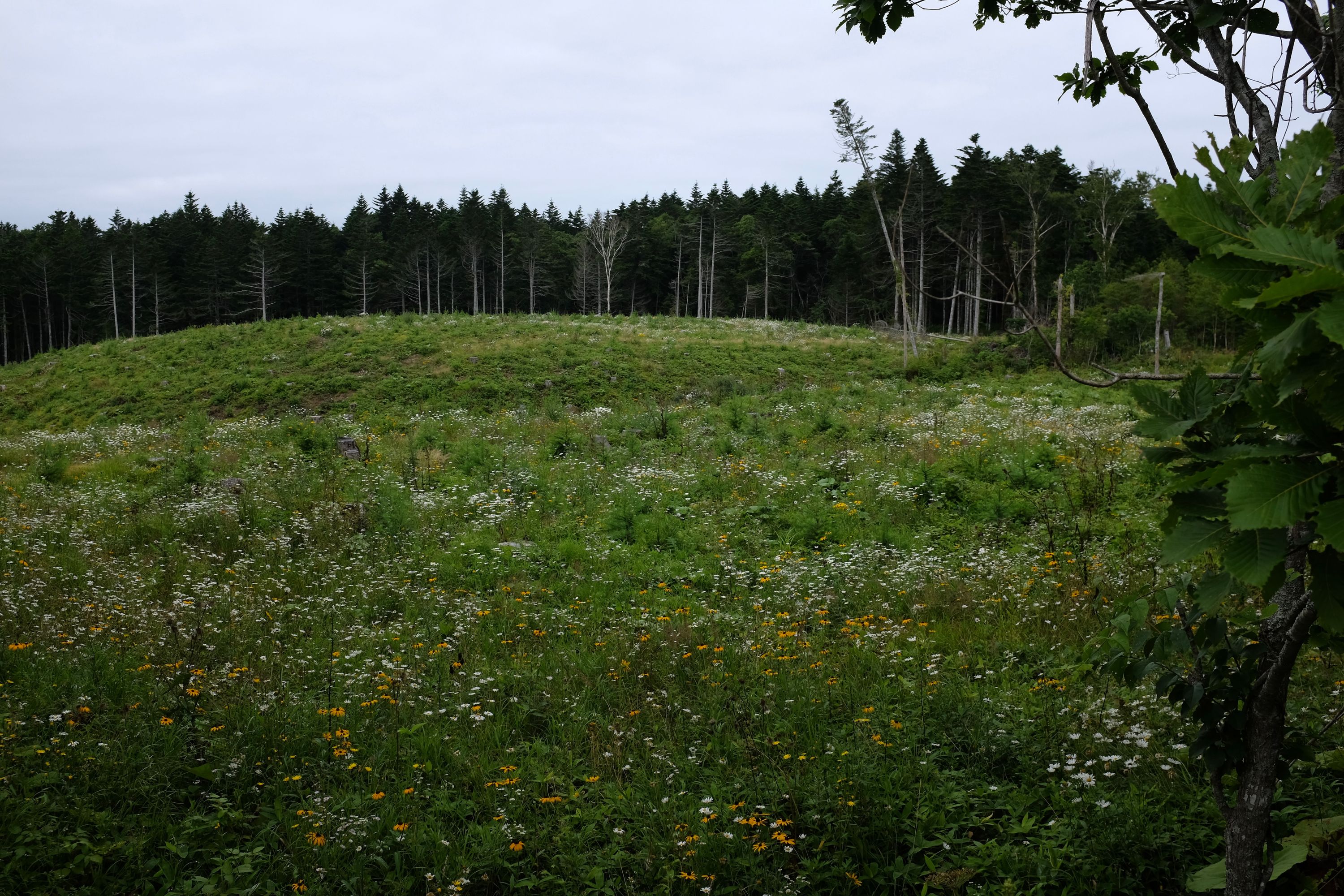
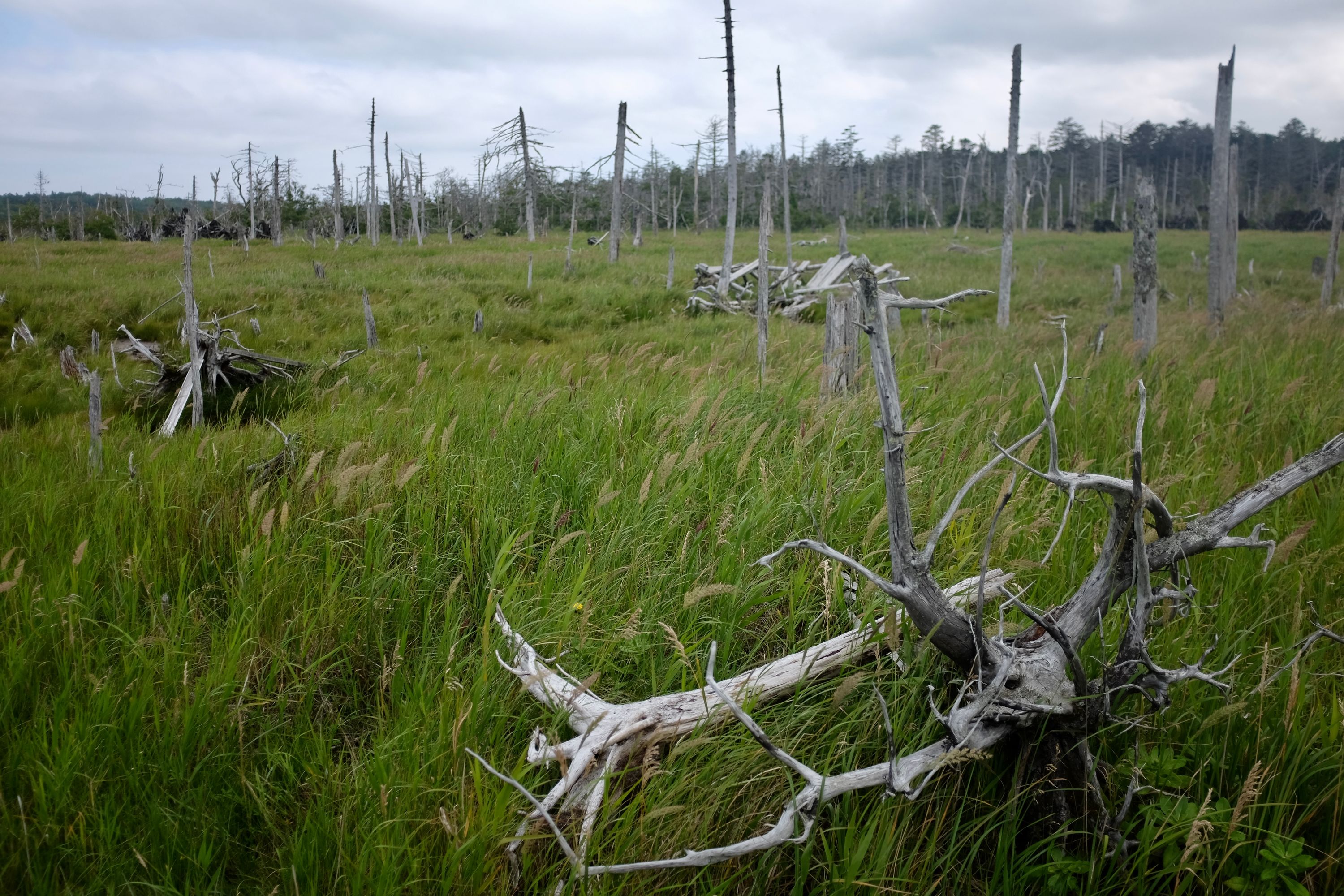
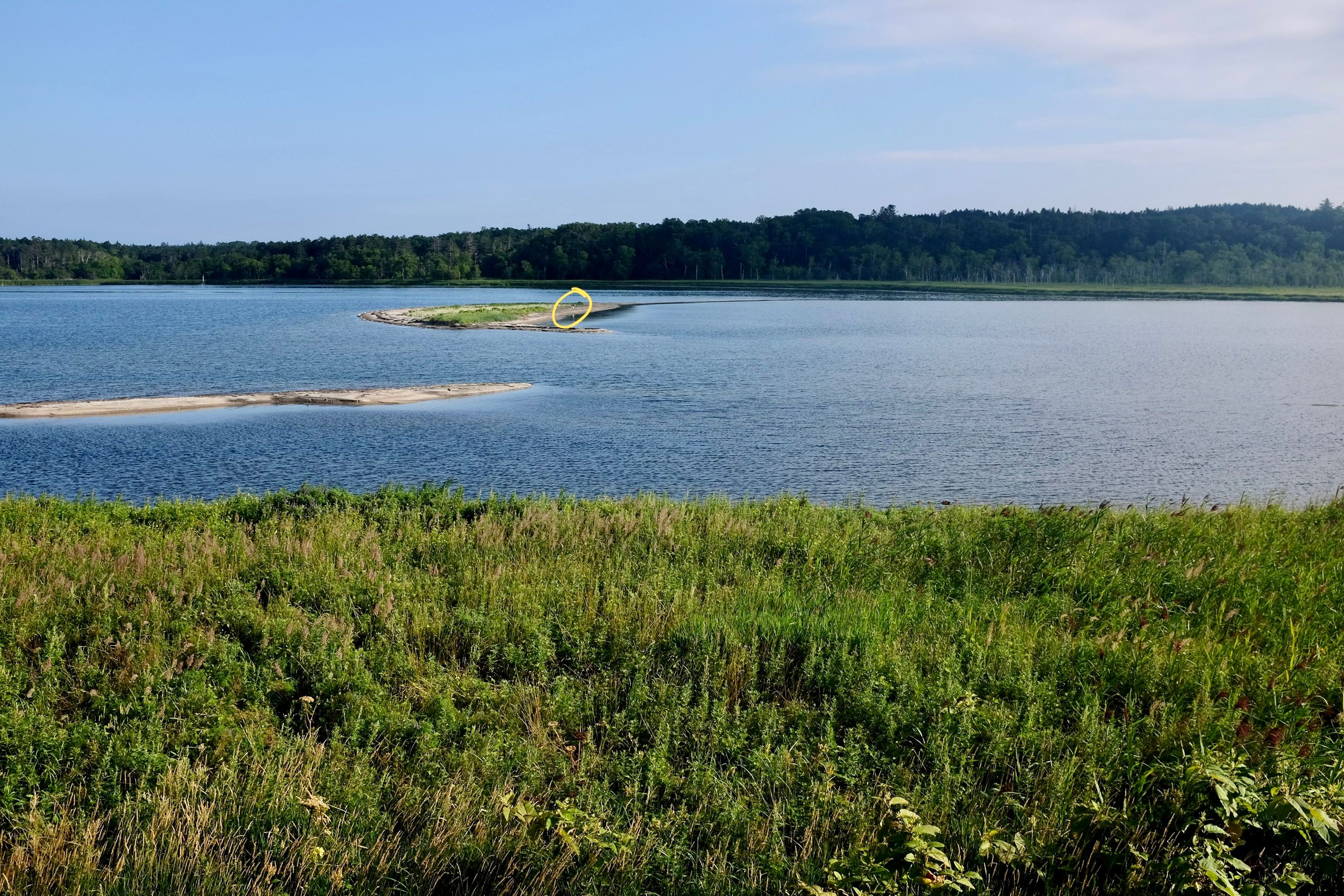
Out of the forest, trailing the grey sparks of a summer cloud of mosquitoes, we came upon the brackish shores of the lake, and there they stood, off in the distance, a pair of red-crowned cranes, 1‰ of the world’s entire population, striking in their snow-white plumage, foraging in the mud. These are giant birds, almost as tall as humans, and there is something dizzying about this size combined with their elegance of movement, Concordes built of feathers and weightless bones, and I now knew that I could walk to the end of Japan. Later, we lay on a thick bed of dried kelp on the shore of the Sea of Okhotsk, under a cool sun, and I saw Russia for the first time in my life.
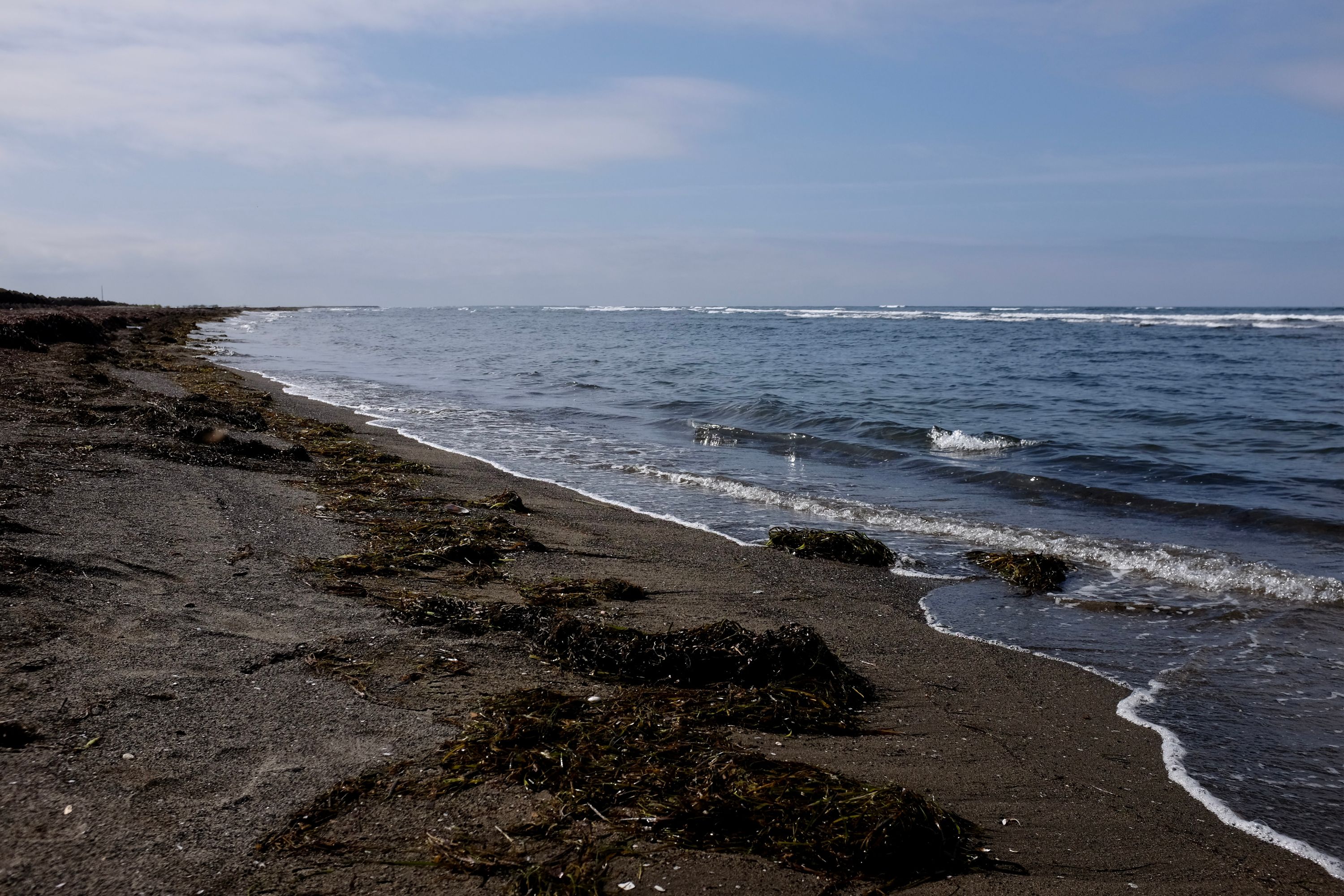
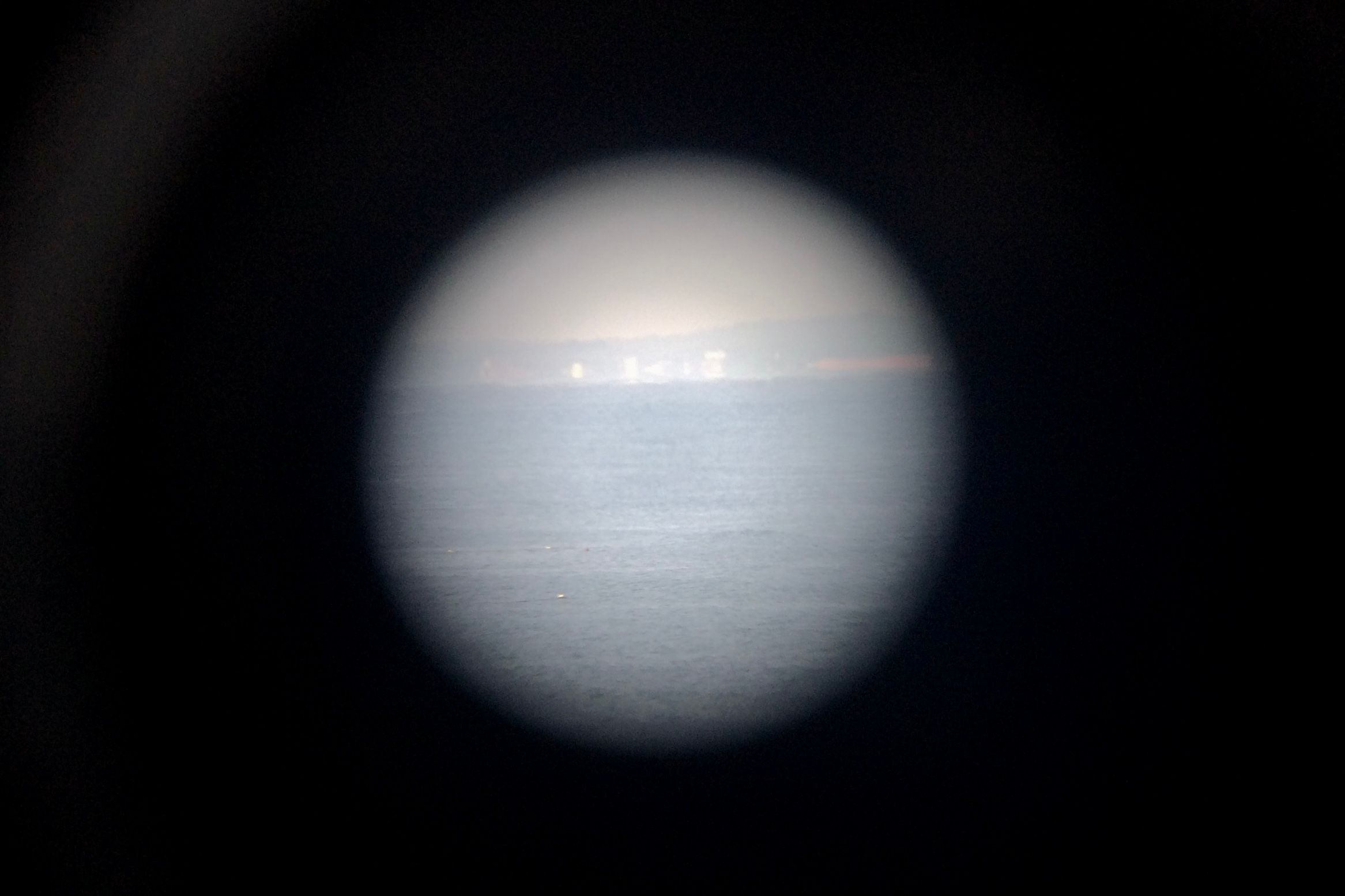
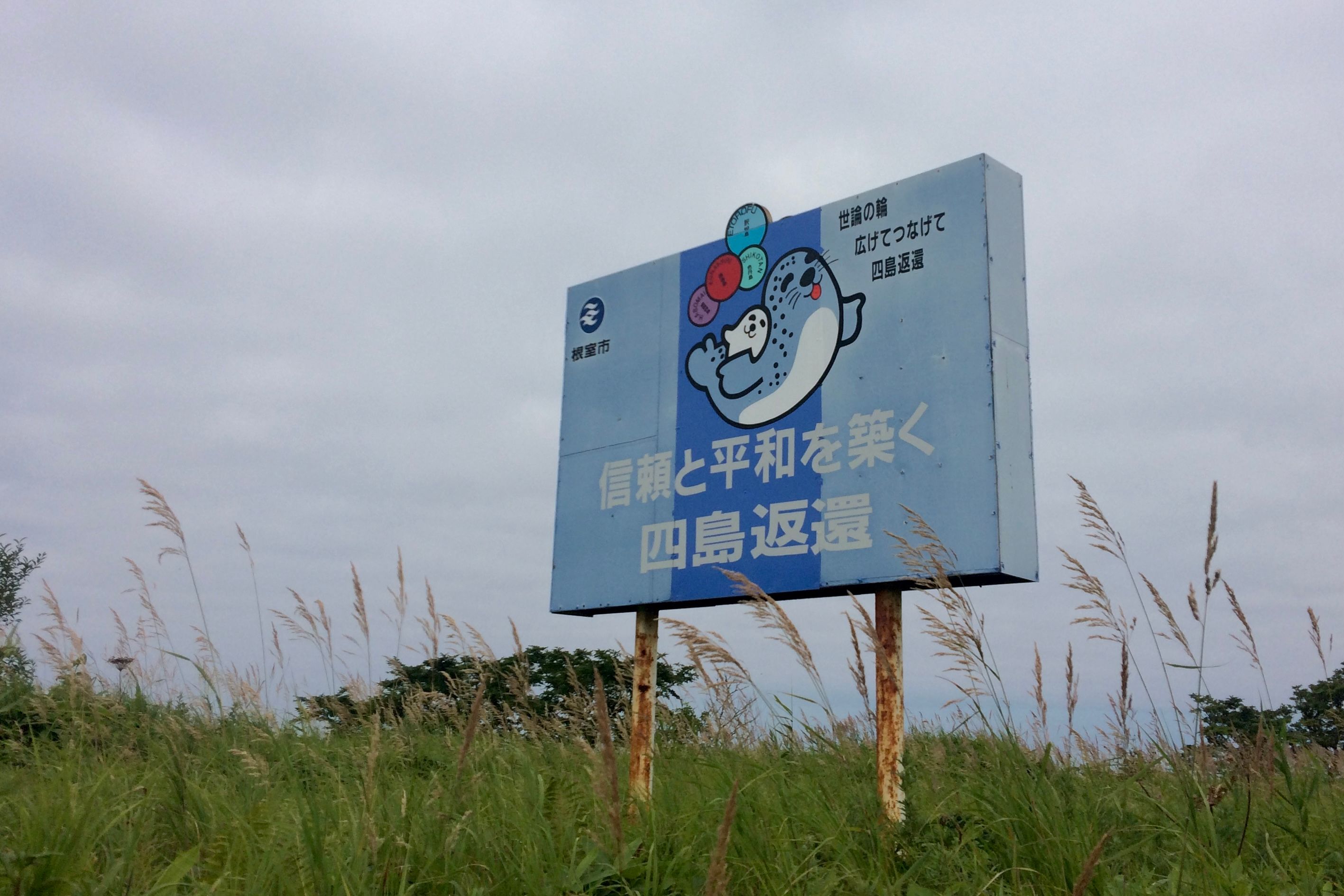
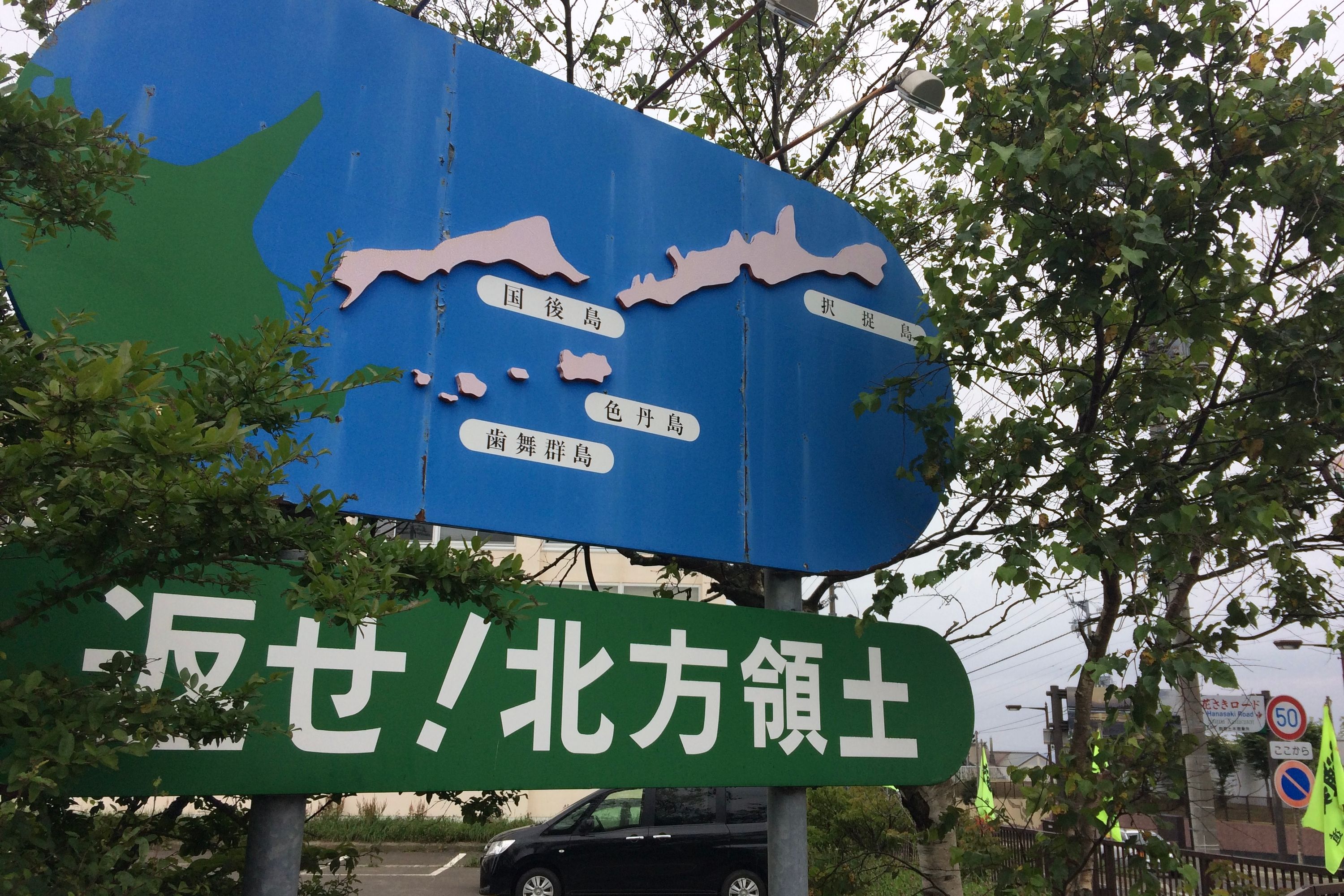
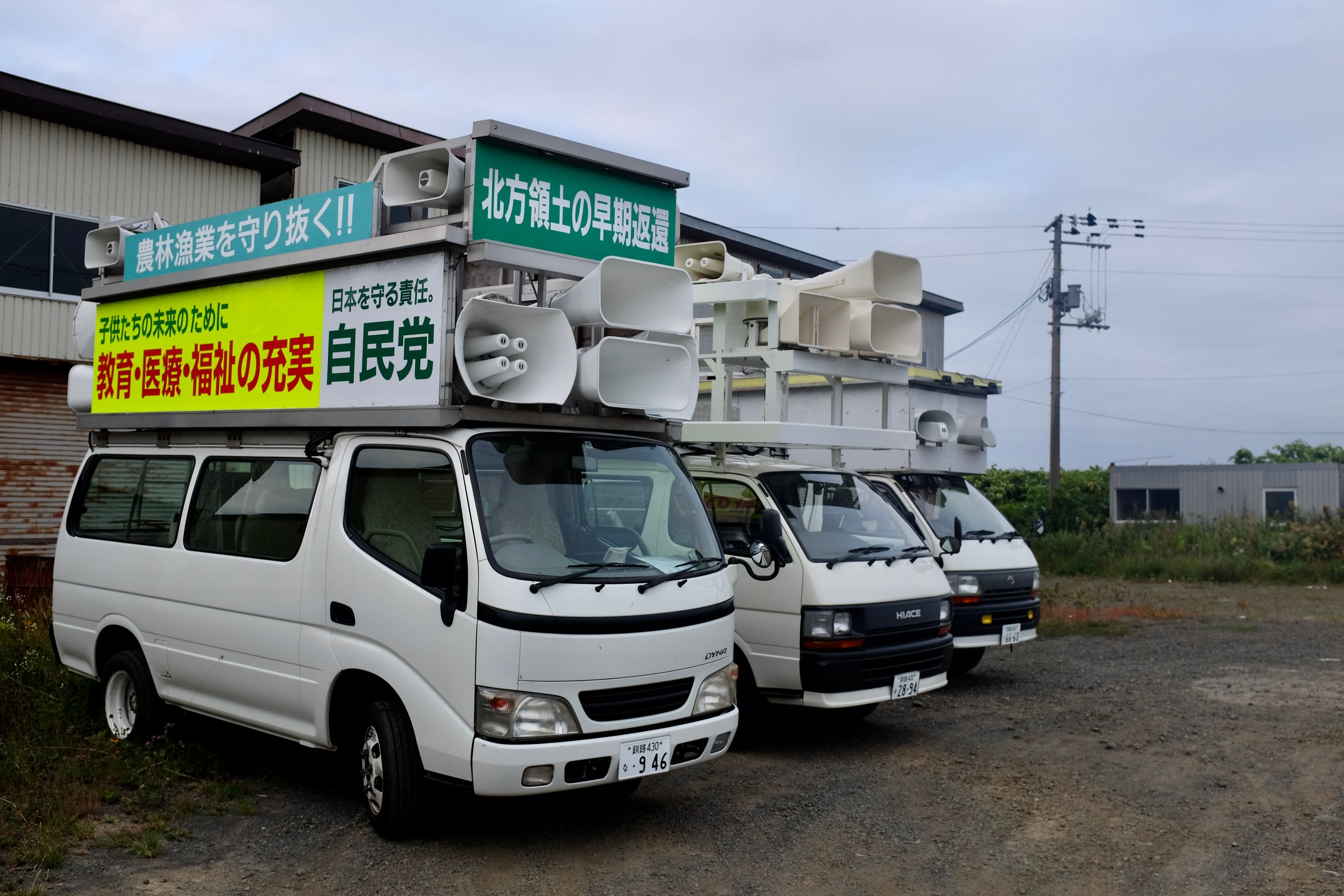
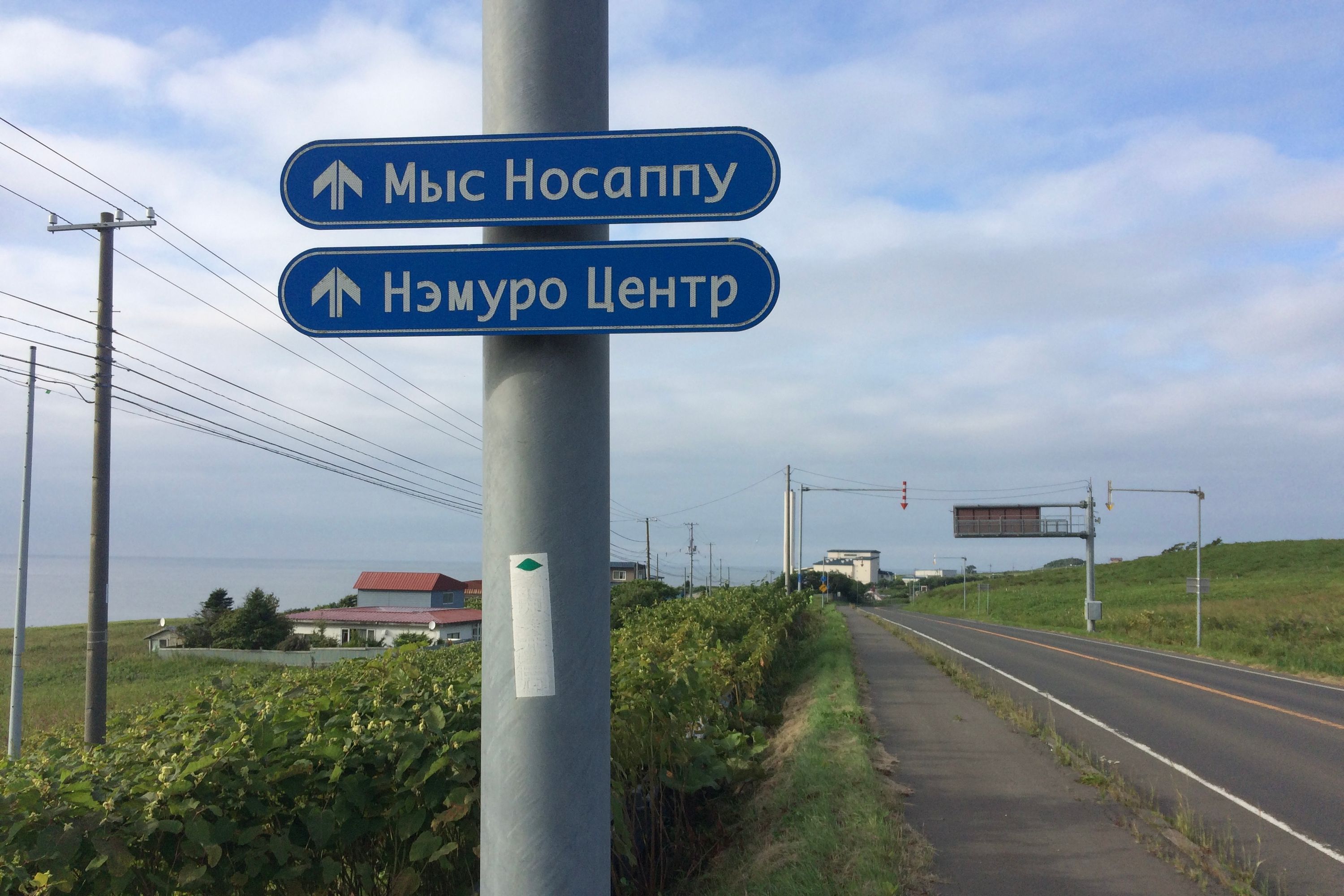
Leave it to the Japanese to turn even the noxious business of irredentism into something visually charming and cute. These seals, plastered all along the roads of the Nemuro Peninsula, are playing with Kunashir, Iturup, Shikotan, and the Habomais, the Southern Kurils that Japan are claiming from Russia. “Build trust and peace. Return the four islands,” the billboards read, in a city where street signs are written in Japanese and Russian.
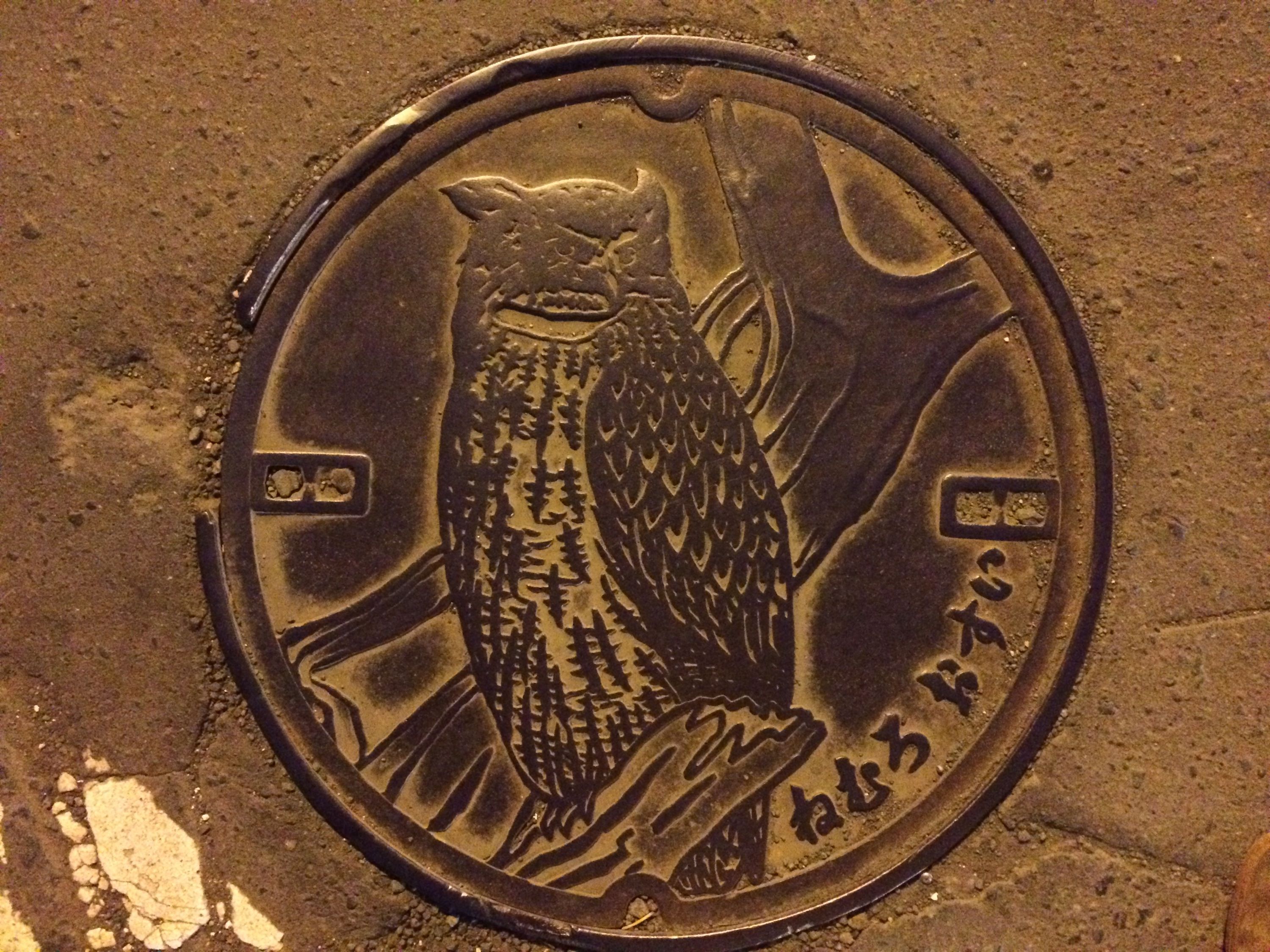
The station no longer exists. It was abandoned on March 16, 2019, a year and a half after we spent the penultimate night of our journey there. At the time, it was used by an average of 0.2 people a day.↩︎

